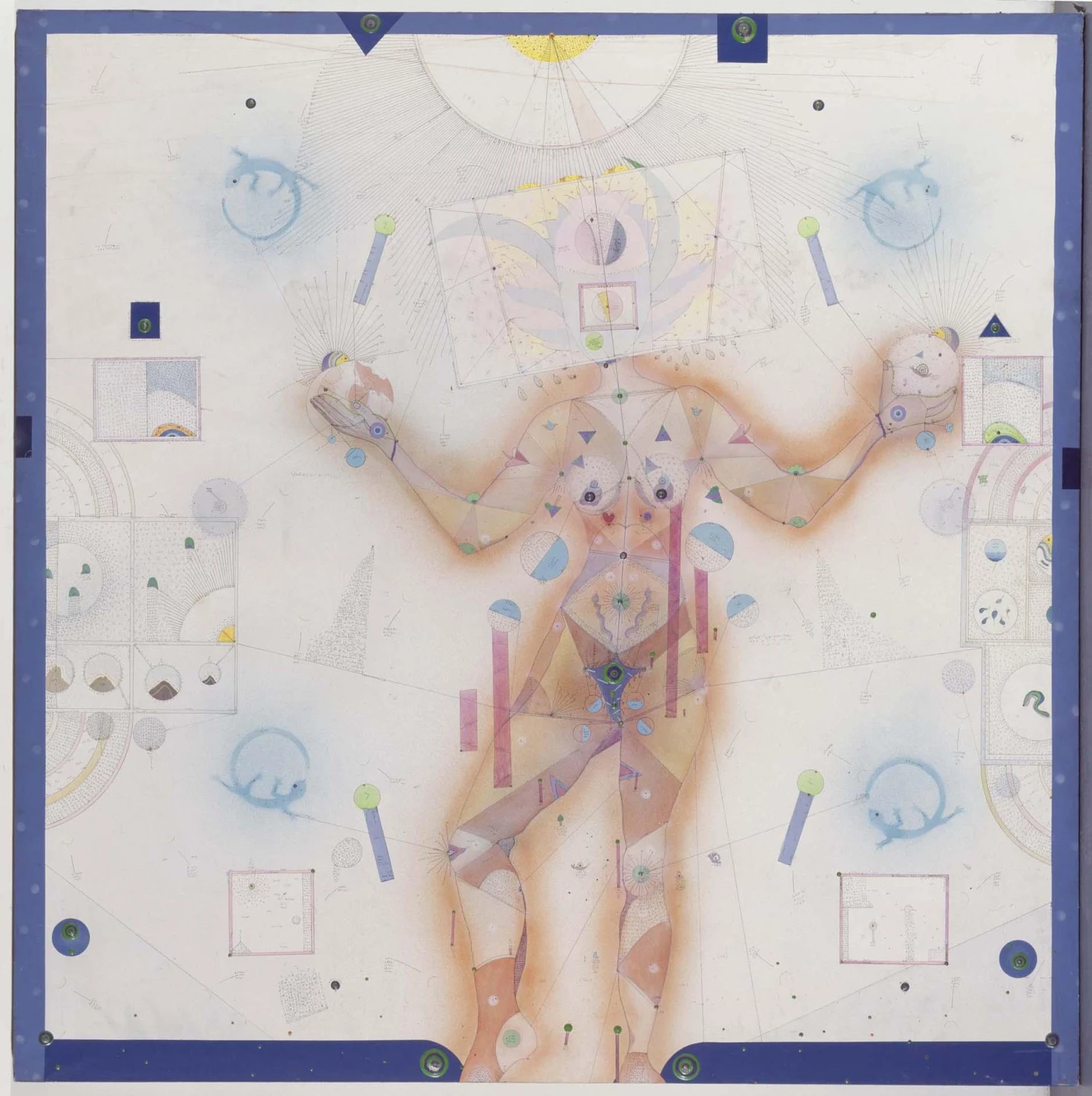ZUSH. La campanada

<p></p>
His style, essentially based on the representation of the body, renders the permanent states of transition and constant metamorphosis of the organic and carnal, without relinquishing the hallucinatory, which unfurls in figures that quiver and jump, related through a system of lymphatic nerves, veins and channels that form the evrugui State. His paintings artistically permeate pulses and desires, filtered through almost childlike primitive spontaneity.
This exhibition in the Museo Nacional Centro de Arte Reina Sofía is the greatest selection of Zush's work to date. Its title La campanada (The Chime), besides the striking nature of his work, refers to the fact that one bell starts the display while another one closes it. That said, this will be one of the artist's last exhibitions given his claims that he is considering eradicating Zush, and therefore the cycle.
In view of the creator believing that a museum is a synonym for a mausoleum, this exhibition is not conceived as a classical retrospective, but with the traits of a kind of “squat”, staging the key points of the diversity of Zush's work through a succession of environments.
Close to three hundred works from private collections and museums in Europe and the USA compose the exhibition. It begins with Cabeza angustiada (Distressed Head), a recently cast bell that opens up the access to the world of evrugui and all of the symbols identified with the State. This is followed by an internal anthology of Zush's work seen from behind, accessed through the wings and observed hanging from a gridiron. The spaces have been designed by architect Enric Ruiz-Geli as though it were a journey through the body of the artist.
A CD-Rom is presented in a dark space with a back projection that produces a weightless image that can be observed interactively. The space features unique copies of thirty-four books by the artist, presented in transparent cabinets like cylinders of light.
The next space, called “the container”, houses the largest part of the work in this retrospective, from 1960 to the present day. The pieces are displayed in five different types of mesh, taking into account the size of each piece and the observation point. The exhibition finally arrives at Zush's studio, a room with transparent walls that enable the artist to be seen working and the place he will live during the exhibition, for over two months. This is also where another bell, Cabeza extasiada (Ecstatic Head) finishes off the journey through the land of Evrugo.
Artists
Museo de Arte Contemporáneo de Barcelona, MACBA (December 15, 2000 – March 4, 2001)
Organised by
Museo Nacional Centro de Arte Reina Sofía
Image gallery

Itinerary
Museo Nacional Centro de Arte Reina Sofía, Madrid
13 June, 2000 - 28 August, 2000
Museu d’Art Contemporani de Barcelona
15 December, 2000 - 4 March, 2001
